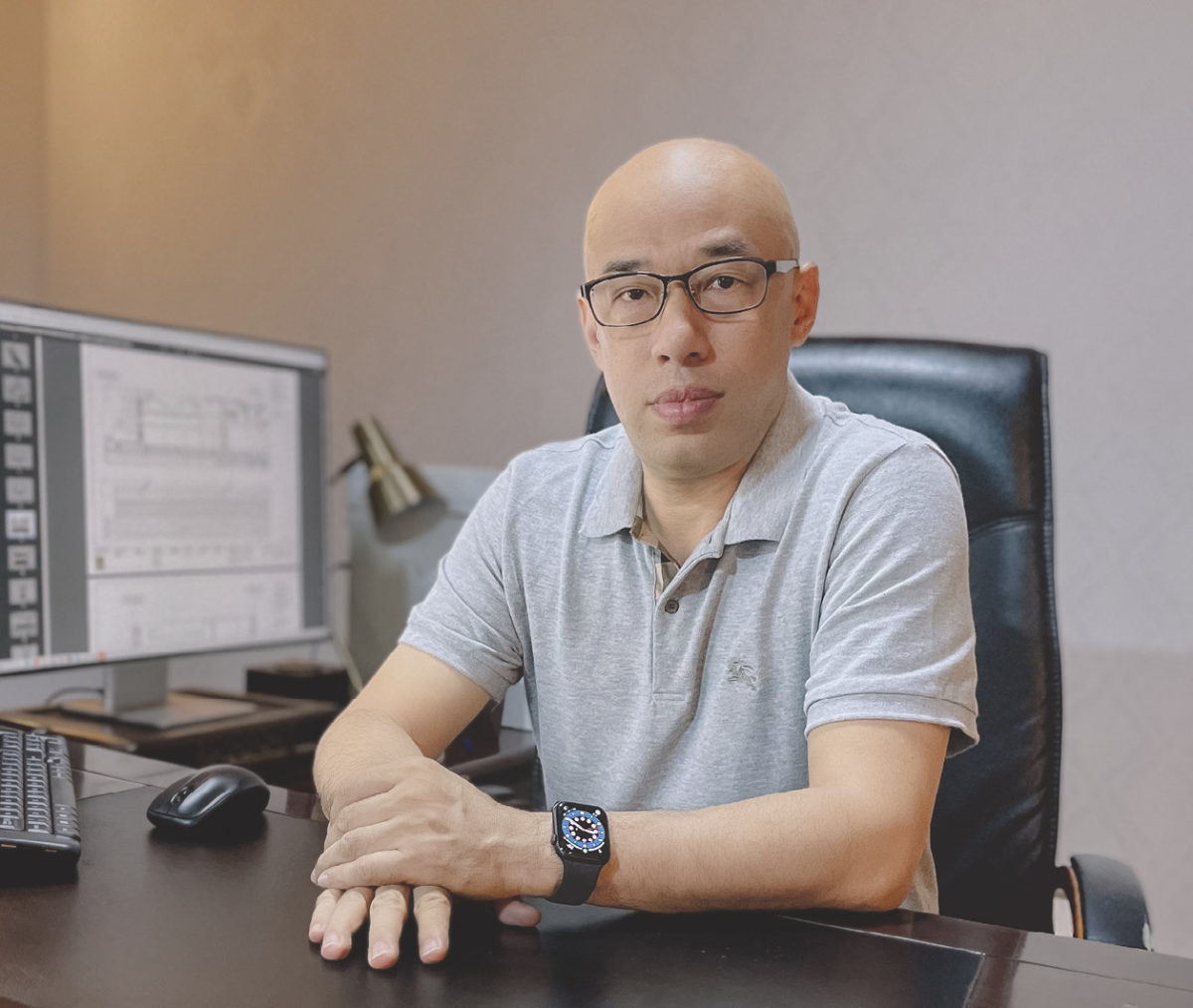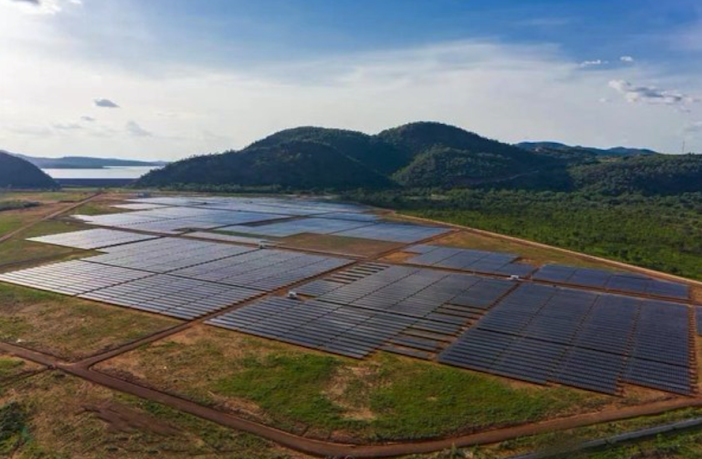- Huawei Digital Power Technologies, a unit of Chinese multinational tech giant Huawei, recently signed a deal with Ghana-based solar developer Meinergy Technology to build a 1 GW solar plant coupled with 500 MWh of storage in Ghana over the next years.
- Under the terms of the deal, Huawei will supply solar-plus-storage systems for the project.
- Meinergy will be responsible for the development and construction of the facility.
- pv magazine recently spoke about the project with Kevin Wu, CEO of Meinergy, and Peter Acheampong, Deputy Director of Renewables for the Bui Power Authority, which owns the installation.

Meinergy CEO Kevin Wu has worked on one of the largest PV and storage projects in Africa.
Image credit: Meinergy
pv magazine: Huawei and Meinergy recently launched one of Africa’s largest solar-plus-storage projects. Is it challenging to plan, develop and build such a project?
Kevin Wu: Meinergy has vigorously expanded its renewable energy business in Ghana and other countries in Africa to provide stable green power for local communities and bridge the electric power divide. We have been in Ghana for many years, and our business covers the mining, electric power, and PV sectors. We already built ground-mounted and floating PV plants in Ghana and also middle-sized hydroelectric plants. We have gained enough experience and found trusted long-term partners such as Huawei to deal with big projects.
Related news: Solar PV training facility opens in Ghana
When did the development of the project begin?
We started to develop the project in 2018 and initially, we intended at building it in several 50 MW phases for a total capacity of 400 MW, mostly in the northern part of the country, where there are high solar radiation levels. Then we decided to increase the project size and reach other territories in central Ghana.
Technical challenges for power systems
This year, Huawei’s special edition looks at technical challenges to a power system mostly run by inverter-interfaced power sources. The leading topic: Smart PV and Storage – Anytime for Anyone, is achieved by a high degree of digitization, a new business division within the Huawei corporation and strong network of partners.
When is construction scheduled to start?
The project will spread across 12 sites and will see the deployment of PV plants ranging in size from 80 MW to 100 MW and each of these plants should be linked to around 50 MWh of storage. We already started construction on two 100 MW facilities. By the end of this year, we’re looking to connect to the grid the first 200 MW. And another 200 MW should be deployed each year.
What PV components will be used in the project?
We are adding storage in compliance with grid requirements, as our grid code is very strict. We are using Huawei Smart Energy Storage System with a minimum capacity of 2 MWh. We are using bifacial modules with nominal power ranging from 450 W to 650 W and inverters from Huawei with a power of 200 kW. We consider ourselves lucky to have Huawei’s setup here. Huawei’s string inverter solution, in fact, is an ideal solution for sites with logistics issues. For example, if you have issues with a string inverter, you just isolate that string and the plant keeps operating without any problem. However, I would like to stress that there were no particular issues of this kind for our projects in Ghana, in particular at the two sites where we already began work. The real issue we have in Ghana right now is long delays in importing PV components and with Huawei, we had the chance to import all the equipment for the two projects under construction in just two months. Once you get the equipment, no more real and technical issues prevent a smooth construction of a project.
How is the project being financed?
The funds are currently provided by local lenders. The projects under construction are currently being built at a cost of $700 per kilowatt installed. Its levelized cost of energy should be between $0.06 and $0.07 per kilowatt-hour. The energy produced by the facilities will be sold via power purchase agreements to private clients and the national utility.
What kind of innovations might be introduced during the development of the next phases of the project?
We are planning to bring in new innovations during the development of the whole project. For example, in the first of our two plants under construction we used modules with the power of 450 W and for the second we decided to utilize bigger and more powerful modules of 650 W. And as for the inverters, in the first project we used 185 kW devices and in the second we are using 200 kW products supplied by Huawei. We look at trends in the market and we adapt.
Author: Mark Hutchins
This article was originally published in pv magazine and is republished with permission.















